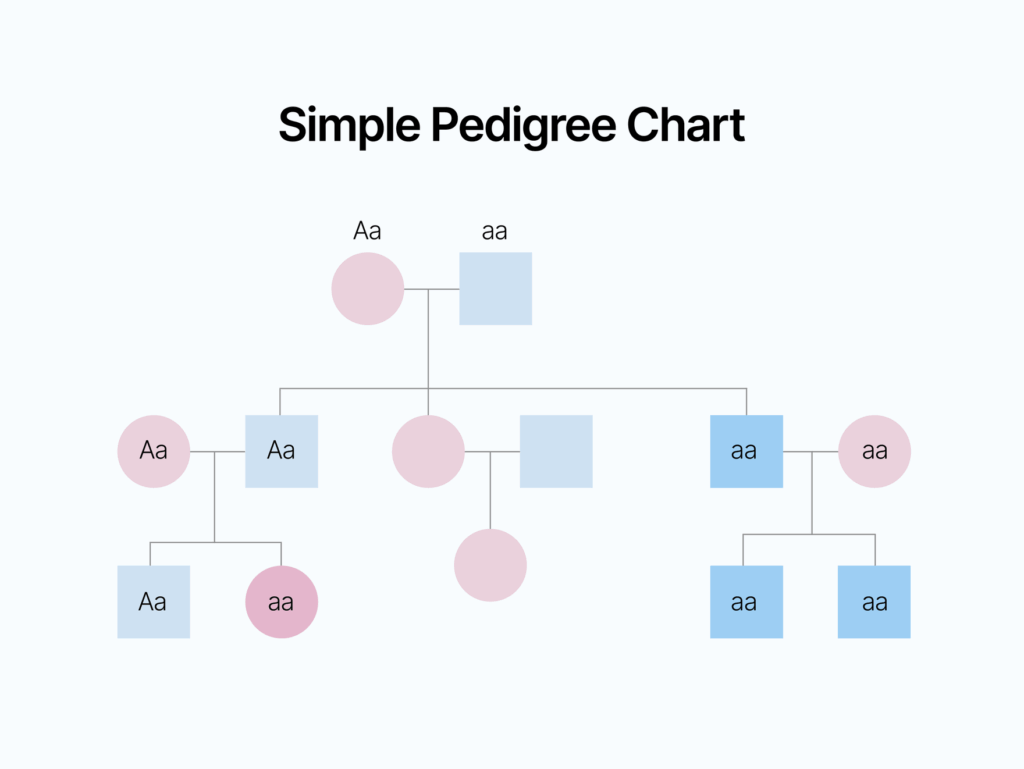A pedigree chart in psychology is a visual representation of a person’s family history that is used to analyze patterns of inheritance for specific traits or disorders. It is commonly used in genetic counseling and research to track the occurrence of genetic disorders within a family.
Each symbol on a pedigree chart represents a different family member, with lines connecting them to show relationships. Patterns such as autosomal dominant, autosomal recessive, X-linked, or mitochondrial inheritance can be identified through the analysis of a pedigree chart.
Pedigree Chart In Psychology
How is a Pedigree Chart Used in Psychology?
In psychology, pedigree charts are often used to study the heritability of certain traits or disorders. By examining the occurrence of a specific trait or disorder across multiple generations of a family, psychologists can determine the likelihood of that trait being passed down from one generation to the next.
This information can be crucial in understanding the genetic basis of certain psychological conditions such as schizophrenia, bipolar disorder, or autism. By analyzing pedigree charts, researchers can identify patterns of inheritance and better predict the risk of developing these disorders based on family history.
Conclusion
Overall, pedigree charts play a significant role in psychology by helping researchers and clinicians understand the genetic basis of various psychological traits and disorders. By analyzing patterns of inheritance within families, psychologists can gain valuable insights into the heritability of certain conditions and make more informed decisions regarding treatment and prevention strategies.
